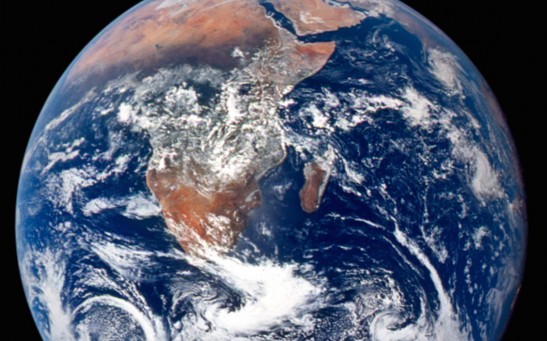science
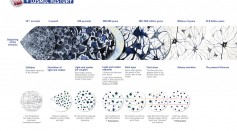
Fire Starter—ESA’s Planck Satellite Reveals Later Star Formations
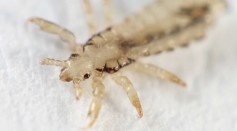
Head Lice Home Remedy Leads To the Death of Massachusetts Toddler
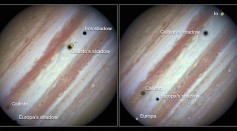
Three Moons Cast Shadow on Striped Gas Giant—Jupiter
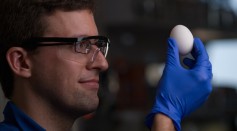
The Antigastronomist—Unboiling an Egg
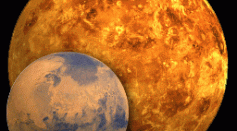
The Month of Love—When the Stars & Planets Align

VIDEO—Unboiling the Mystery: UC Irvine Researchers Discuss New Discovery of Unboiling Eggs
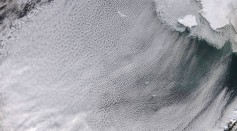
NASA Satellite Reveals ‘Cloud Streets’ Over Bering Sea
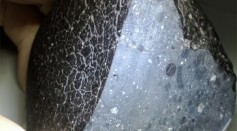
When Red Dust Settles, Only ‘Black Beauty’ Remains
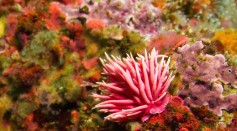
When Roses Bloom in Northern California, Researchers Take Notice

The Chicks With All of the Tricks—Spatial Strategies & Number Mapping
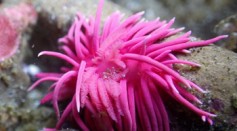
Is Climate Change To Blame for These Blooming Pink Nudibranchs?
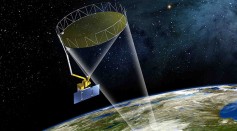
SMAP Launch Promises New View of Earth’s Soil—From Space
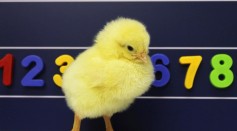
Think That Chicks Are Just Plain Cute? Well It Turns Out That They Have a Knack for Numbers Too
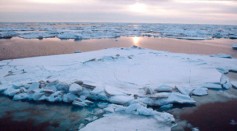
When It Comes to Controversy, Science and the American Public Disagree
Most Popular

China’s Tiangong Space Station to Expand Its Capabilities With New Modules

AI Revolution in Medical Education: Transforming How Healthcare Professionals Learn

Exploring Life Beyond Earth: Study Claims Other Planets Could Be Suitable for Alien Life

Out of Office, Not Out of Mind: Planning for Employee Holiday Absences

